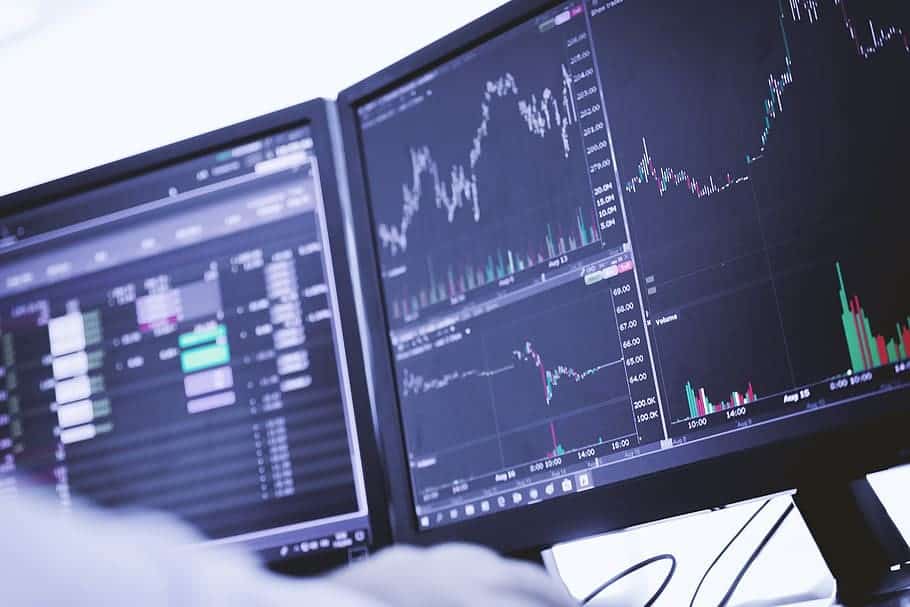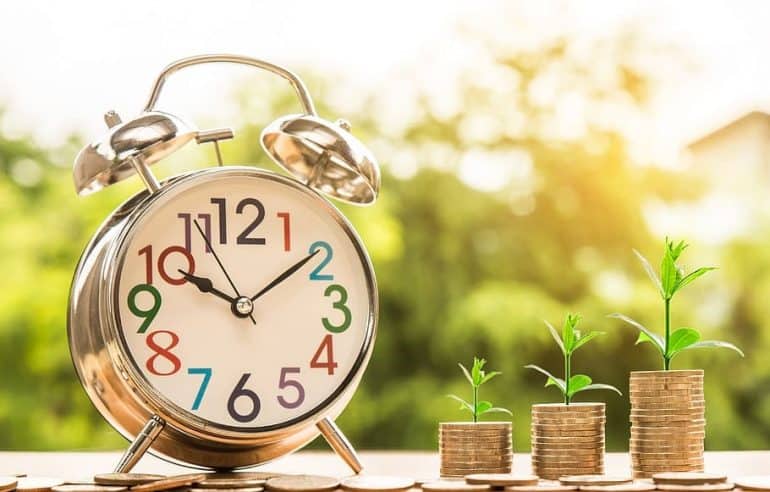Most people assume that the UK tax year-end is 31st December, with a new tax year beginning on 1st January. However, the UK tax year operates somewhat differently. In fact, the end of the UK’s financial year is 5th April. The tax year-end was moved to 5th April back in 1752 due to the country’s switch from the Julian to the Gregorian calendar.
Although the Chartered Institute of Taxation (CIoT) believes that the UK should be looking to move to a “more modern and logical” tax year-end, these are the cards you are currently dealt with as working professionals and investors.
The most obvious issue regarding the impending tax year-end is that 5th April marks the date when your current tax-free ISA allowance of £20,000 per year resets. Adults can invest up to £20,000 from 6th April until the 5th April of the following year in cash, lifetime or stocks and shares ISAs. With a lifetime ISA (LISA), the maximum you can invest each tax year is £4,000. If you invest the maximum into a LISA, you will have £16,000 left to invest in other ISAs during the same tax year.
Children under the age of 18 can hold a Junior ISA, which carries an annual contribution limit of £9,000 per tax year. Parents or parental guardians are responsible for paying funds into junior ISAs.
What if I’m unable to utilise my full ISA allowance?
It’s no problem if you cannot afford to set aside the full £20,000 into your various ISAs. In fact, many people don’t manage to ‘max out’ their tax-free ISA allowance. It’s important to note that if you’ve only put in £5,000 this year, that doesn’t mean the remaining £15,000 will roll over into the next tax year. If you invest £5,000 by the end of the 2021/22 tax year, you will still have a tax-free ISA allowance of £20,000 in 2022/23.
Equally, if you have been fortunate enough to already invest £18,000 into your ISAs during the 2021/22 tax year so far, and you have another £5,000 spare to invest, it might be worth holding tight and investing just £2,000 of that nest egg and save the remaining £3,000 to invest tax-free from 6th April 2022.
The tax year-end is also a good opportunity to think about investing your funds into better products to grow your savings more efficiently over the long term. With some investment platforms, you don’t have to pay transfer fees to switch from one ISA provider to another. For example, if you are transferring an ISA to Freetrade, you pay no transfer or exit fees. It’s possible to move cash ISAs into stocks and shares ISAs here too, which is an option if you want to try and grow your funds faster by making commission-free trades on equities, exchange-traded funds (ETFs) and more. Fractional shares also make it possible to invest in the world’s biggest companies with the largest market caps, such as Amazon which is currently the third best-performing FAANG stock in 2022.
Is it too late to top up my pension and get tax relief?
The tax year-end is applicable to personal pension plans as well as ISAs. Although there’s formally no ceiling as to how much you can invest into a personal pension, there are tax benefits for ring-fencing a certain amount. You are permitted to save up to £40,000 or 100% of your annual income – whichever figure is lower – into a personal pension each tax year. You’ll get tax relief on all added pension contributions if your rate of income tax is 20%. This relief will be claimed and added at the source by your pension provider. Higher-rate and additional-rate income taxpayers can claim additional tax relief of 20% and 25% respectively. Therefore, if you still have the capacity in your pension allowance, you could look to deposit funds before 5th April 2022 and claim additional tax relief on your 2021/22 pension contributions.
How does the tax year end work for capital gains?

During the 2021/22 tax year, you also have a capital gains tax allowance of £12,300. This allows investors to sell investments, shares, property or any other assets without having to pay capital gains tax on the first £12,300 of profits.
With the tax year-end approaching, if you had £20,000 worth of assets ready to realise, you may opt to sell the assets in two batches – one batch of £12,300 before 5th April 2022 and one batch of £7,700 on 6th April 2022 or later.
Remember: Capital gains tax is not applicable to assets housed in ISAs and personal pensions, or gains made on your primary residence.
Disclaimer: Tax is a complicated matter. Please do your own research before taking any action.

